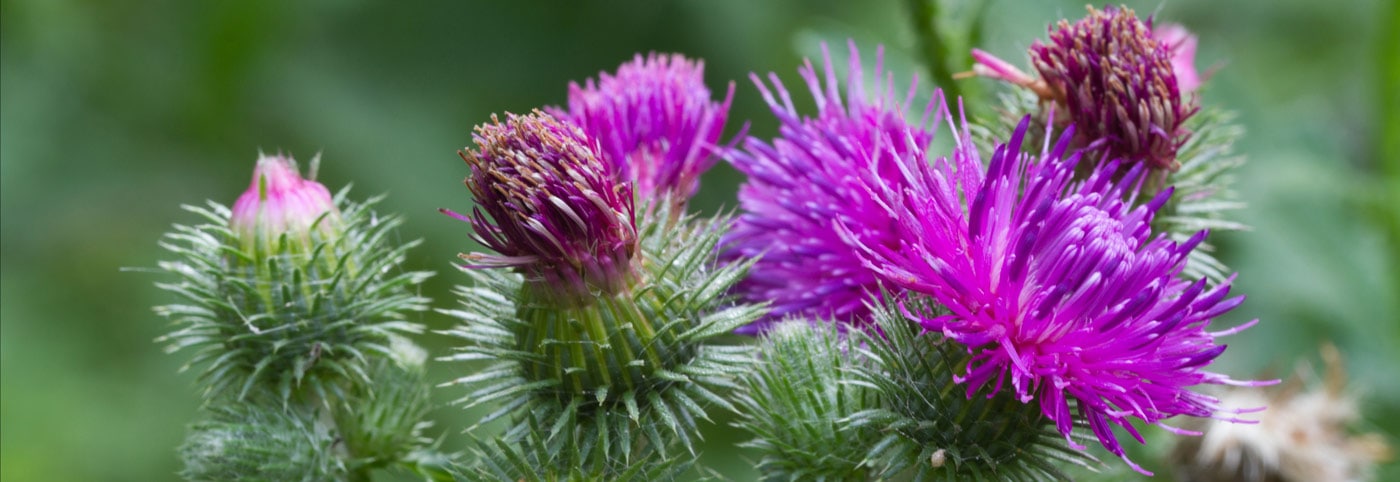How to increase your iron levels
Iron Deficiency Anaemia
Globally Iron Deficiency Anaemia is a big problem. The most common cause for many people is maintaining optimum iron stores through food. Causes of iron deficiency vary, based on age, gender, and socioeconomic status and general health.
A lack of iron containing foods associated with Vegan and vegetarian diets, or budget restraints prevent adequate dietary intake of iron containing foods and may lead to chronic iron deficiency anaemia.
Chronic intestinal, inflammatory problems and menstrual problems in women, may all inhibit or deplete the iron levels at any age. If iron levels become low there is a reasonable chance other vitamins and mineral are as well.
Iron deficiency anemia is a common type of anemia — a condition in which blood lacks adequate healthy red blood cells. Red blood cells carry oxygen to the body’s tissues to give us lots of energy for daily living.
Worldwide, one out of three non‐pregnant women of reproductive age are aneamic. Symptoms experienced include fatigue and breathlessness on exertion, recurring colds or infections, mood changes, weepiness and a feeling of not coping with life. This makes for some very tired and dispirited women, affecting relationships, work productivity and general health. As result many women are very misunderstood and need help to find out what is going on for them. During pregnancy iron deficiency remains problematic and continued supplemation with a gentle iron and nutritional cofactors such as folic acid, vitamin b12 and vitamin c are essential.
Rapidly growing children and teenagers, athletes, physically hard workers and the elderly are also prone to anaemia if the any of the causes of iron deficiency are also present. In the elderly reduced food intake and reduced absorption are common causes. Mood and behavioural problems in children may be avoided or overcome with supplementation or iron and cofactors such as folic acid, vitamin b12.
Anemia of chronic disease (ACD), also known as anemia of inflammation, is the most prevalent anemia in hospitalized patients worldwide. It occurs in patients with acute or chronic inflammatory conditions including infections, cancer, rheumatoid arthritis, and chronic kidney disease
How to elevate and maintain iron levels
To elevate and maintain iron levels treatment includes underlying inflammation and auto-immune diseases that may inhibit absorption of iron. A review of the dietary intake of iron containing foods is necessary. Certain lifestyle habits that harm our health (think processed foods and alcohol) can be an underlying cause as well. For women iron supplementation due to anaemia associated with women’s heavy menstrual periods is common and necessary for maternal and baby’s health.
Haem and Non Haem Iron
Here is a good description of these two types of iron contained in foods necessary for good health. For those who are vegan or vegetarian, Non-haem iron from plants is harder for the body to absorb than Haem iron from meat. As a result supplementation is essential, especially for most women. Adding a Vitamin C tablet to your meals aides the absorption of non-haem iron by two to three times.
Factors the inhibit non haem iron absorption include:
Tannins from tea, coffee, high levels of oxalates common in silver beet and beetroot and too high levels dietary fibre. Alcohol abuse results in inflammation the digestive tract which then may inhibit the uptake of iron. Foods and Drugs that Impair Iron Absorption:
- Taking oral iron with food reduces absorption
- Caffeinated beverages (especially tea)
- Calcium containing foods and beverages
- Calcium supplements – Antacids
- H-2 receptor blockers – Proton pump inhibitors
Take your tea and coffee between meals and iron supplement last thing at night.
Intermittent Iron Supplementation
There is a protein connected to inflammation response in the body that can slow down the absorption of iron called hepcidin. If iron supplementation is intermittent, eg every second day rather than everyday, minimizes the effects this protein has. Other versions are cheaper and more widely used however Iron Bisglycinate Chelate (FeBC) has been shown to significantly increase iron stores and is our preferred version. The dose is dependent on age and health status.
This brings us to the opposite end of the Iron story – Heamochromatosis
This inherited condition is a result of very high iron levels and is more common in men. For those who have symptoms that are not treated significant effects on the cardiovascular system can occur. As a result we will not take peoples word for it that they need iron and that is especially men. Be warned, if you are a male do not take iron unless you have had blood tests.
So to summarise – eat well, haem and non-heam iron foods, take vitamin c with meals and avoid certain foods mentioned above.
As always, our team at Bodywise will ask questions about your health in some detail during any interaction over the counter. When it comes to iron, we may say – get a blood test first.
If in doubt – come talk to us.
You might also like to read
Vitamin D for mothers and babies and everyone else
Taurine – the established benefits for energy, repair and mood
Time for a spring clean and detox
